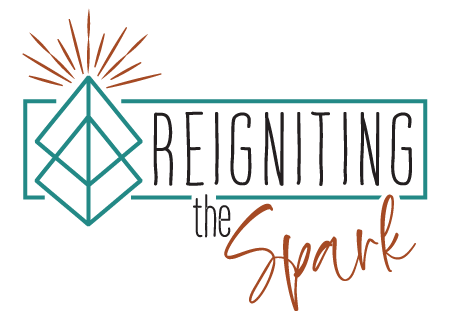Identify and Change Unhealthy Relationship Patterns
Have you ever felt like you’re stuck in a loop, repeating the same conflicts and challenges in your relationships? Maybe it feels like no matter what you do, you end up back in the same place, asking yourself, "Why does this keep happening?" You’re not alone. Many of us unknowingly fall into recurring patterns that shape our relationships—often in ways that leave us frustrated and disconnected.
The good news? You can break the cycle. By identifying these patterns and making conscious shifts, you have the power to create healthier, more fulfilling relationships. And one tool that helped me do this was the Energy Leadership Index (ELI).
What Are Relationship Patterns?
Relationship patterns are the recurring behaviors, dynamics, or reactions that emerge over time. Some patterns are positive, like showing appreciation or engaging in shared hobbies. But others can be harmful, such as avoiding conflict, blaming, or shutting down emotionally. These patterns often form as a result of past experiences, childhood dynamics, or deeply ingrained beliefs.
Common Unhealthy Patterns
Conflict Avoidance: Avoiding difficult conversations out of fear of confrontation.
Emotional Withdrawal: Shutting down or becoming distant when feeling hurt or overwhelmed.
Overcompensating: Constantly putting your partner’s needs above your own to keep the peace.
Attracting Similar Partners: Choosing partners who exhibit traits that mirror past relationships or family dynamics.
Why Do Patterns Form?
Patterns often develop as coping mechanisms. For example, if you grew up in an environment where expressing emotions wasn’t safe, you might have learned to suppress your feelings. Over time, these behaviors become second nature, shaping how you interact in your adult relationships.
Unhealthy patterns can also be fueled by limiting beliefs, like:
"I’m not worthy of love."
"If I don’t do everything perfectly, I’ll be abandoned."
"It’s safer not to trust anyone."
My Experience with the Energy Leadership Index (ELI)
When I took the ELI assessment, it was like a lightbulb moment. The ELI measures how you show up energetically in both typical and stressful situations, categorizing your energy into seven levels ranging from catabolic (draining) to anabolic (uplifting). Here’s how the ELI helped me break the cycle of unhealthy patterns in my relationship:
Level 1: For a long time, I was stuck in Level 1, feeling powerless and believing, "Why bother? No one listens to me." This led to feelings of hopelessness and withdrawal.
Level 2: This often escalated into anger and blame, thinking, "I hate this situation! Why is it always like this?"
Level 3: My breakthrough came when I realized I needed to take responsibility for my role in the relationship. At this level, I started developing a plan to change, knowing I could do better.
Level 5: I skipped directly to Level 5, focusing on understanding my relationship with my husband. Here, I wanted to create peace and find balance. It was also at this level that I began truly listening—not just to respond but to understand.
Level 6: Without realizing it, I was starting to visualize the relationship I wanted. Level 6 allowed me to see possibilities and shared goals, helping me focus on collaboration.
Level 4: Eventually, I embraced Level 4 energy, the level of service. I wanted to heal, help, and fix not only my relationship but also myself. It was a pivotal moment of growth.
Level 7: With ongoing personal development, I reached Level 7, a place of creating and co-creating a vision with my husband. Together, we began building the relationship we both wanted.
There are no "right" or "wrong" levels—each serves a purpose. The key is knowing how to use them to your advantage.
How to Identify Your Patterns
Here are some questions to help you reflect on your relationship dynamics:
What recurring challenges or conflicts show up in your relationships?
How do you typically react when these challenges arise?
Do these patterns remind you of past relationships or childhood dynamics?
Breaking the Cycle
Once you’ve identified your patterns, here’s how to start shifting them:
Awareness: Recognize the pattern and its impact on your relationships.
Challenge Beliefs: Question the limiting beliefs fueling the pattern. Ask yourself, "Is this belief serving me?"
Try New Responses: Experiment with healthier reactions, like expressing your needs calmly instead of shutting down.
Seek Support: Consider working with a coach or therapist to uncover deeper insights and maintain accountability.
Practice Self-Compassion: Change takes time. Be kind to yourself as you navigate this journey.
Breaking unhealthy patterns isn’t easy, but the rewards are worth it. Imagine a relationship where you feel seen, heard, and valued. Where conflict leads to growth instead of division. Where you show up as the best version of yourself—and invite your partner to do the same.
Ready to break the cycle? Start by reflecting on your patterns using the questions in this post. If you’re looking for personalized guidance, I’d love to help. Schedule a free connection call with me at ReignitingTheSpark.com.

